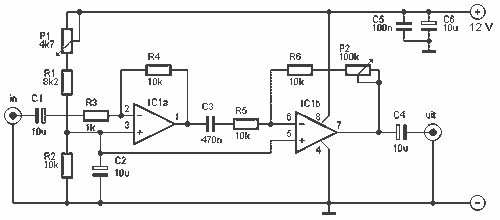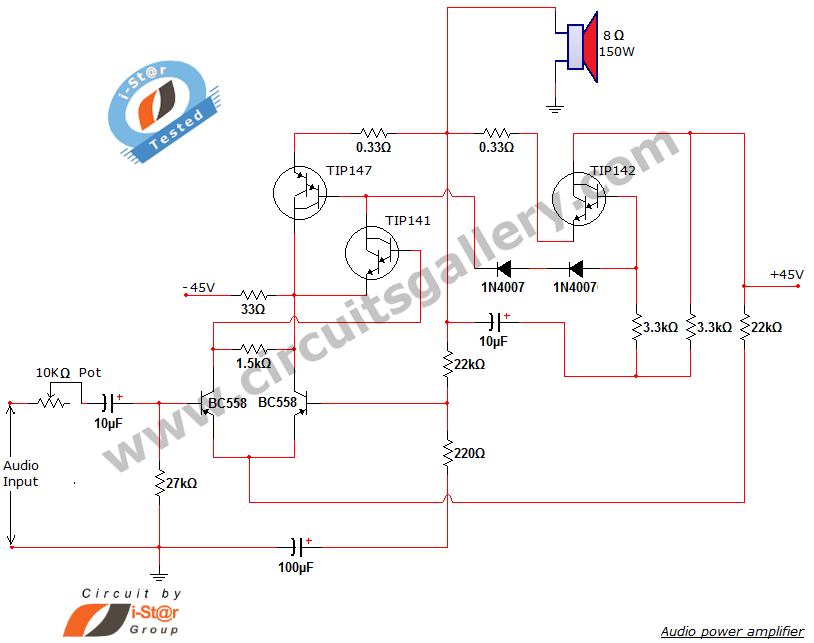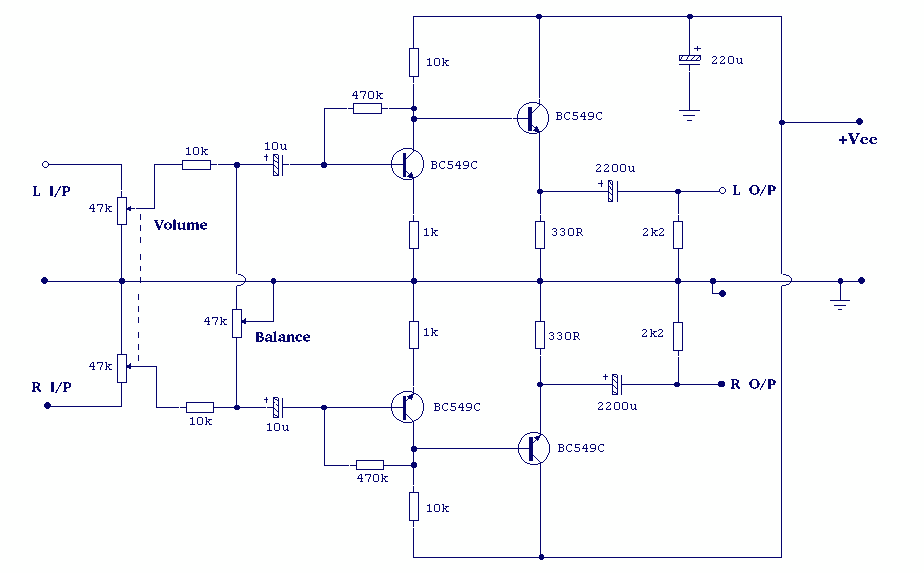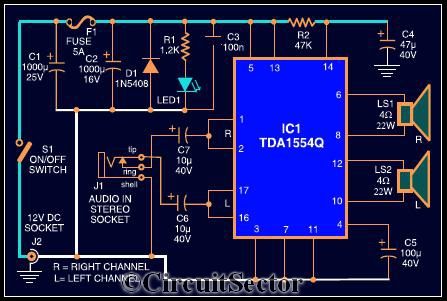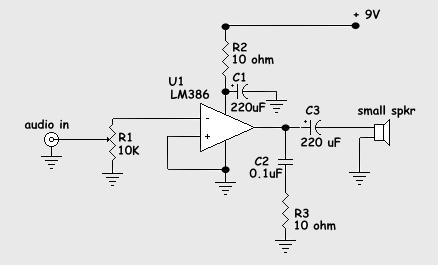
Both tube OTL amplifier 01
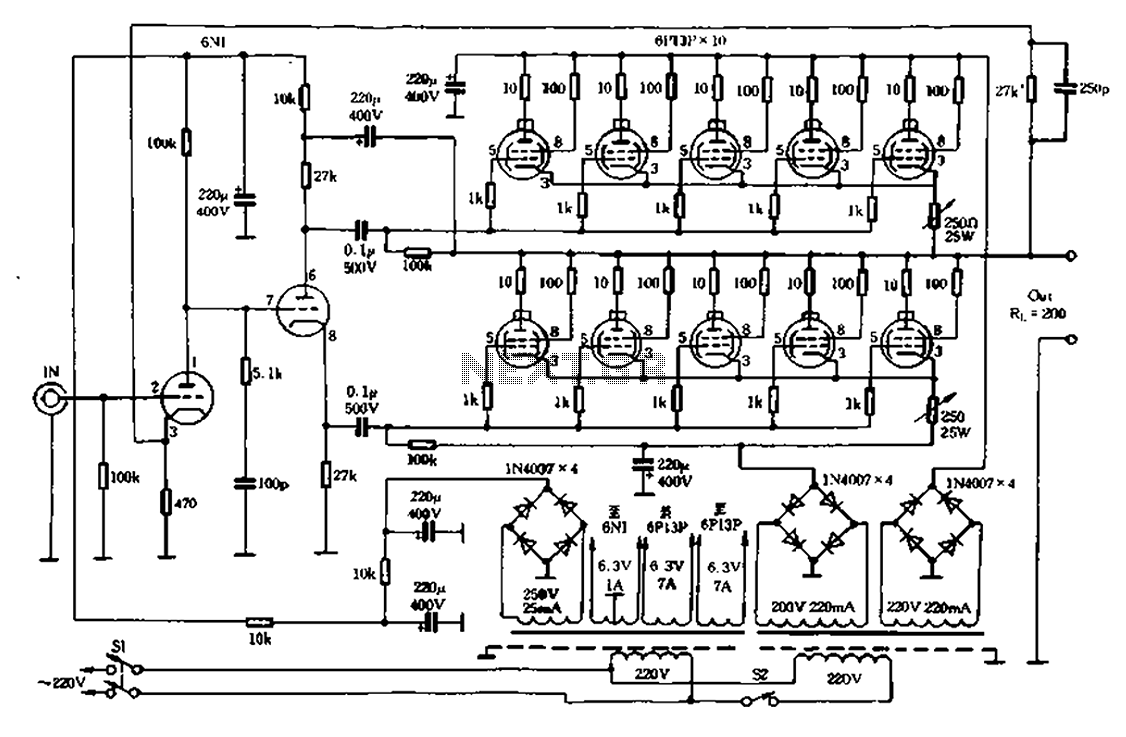
The electrical properties of a tube with a high-quality output transformer have a significant relationship, which is a well-known fact. Overseas equipment commodities have simply eliminated the so-called output transformer tube amplifier. The amplifier, as illustrated in Figures 1-31 and 1-32, represents such a commodity in two countries that produce tube products. The circuits are fundamentally similar, with the primary difference being the power tube models used. Figure 1-31 employs a 6P13P power tube, while Figure 1-32 utilizes a 6C19 power tube. Both configurations feature an inverted voltage amplification section using a 6N1 tube. This equipment is regarded as a premium commodity, and audiophiles may consider different power tube models for reference purposes.
The design of tube amplifiers, particularly those featuring high-quality output transformers, plays a crucial role in determining their electrical properties and overall performance. The output transformer is essential for impedance matching between the tube and the loudspeakers, facilitating optimal power transfer and enhancing audio fidelity. In the context of the amplifiers shown in Figures 1-31 and 1-32, the choice of power tubes, such as the 6P13P and 6C19, directly influences the amplifier's tonal characteristics and output power.
The 6P13P tube is known for its robust performance and is often favored in audio applications for its warm sound and dynamic range. Conversely, the 6C19 tube, which is a pentode, offers a different set of characteristics, potentially providing higher gain and a more detailed sound reproduction. The voltage amplification stage utilizing the 6N1 tube is critical, as it sets the initial gain of the amplifier and influences the overall linearity and distortion levels.
In addition to the choice of tubes, the circuit topology employed in these amplifiers is also a vital consideration. The common practice involves using a push-pull configuration to enhance efficiency and minimize distortion. The inverted voltage amplification section is designed to ensure that the output signal is phase-aligned with the input signal, allowing for accurate signal reproduction.
Audiophiles often experiment with different power tube models to tailor the amplifier's sound to their preferences. Each tube type can impart unique sonic qualities, making it essential for users to understand the implications of their choices. Additionally, the design and quality of the output transformer itself can significantly affect the amplifier's performance, as it must handle the power requirements and frequency response effectively.
Overall, the interplay between tube selection, circuit design, and output transformer quality is fundamental to achieving high-performance tube amplifiers that meet the discerning standards of audiophiles.Electrical properties of the tube with good quality output transformer has a great relationship, it is well known thing. Overseas equipment commodities have simply cancel the s o-called output transformer tube amplifier q OTI an amplifier as shown in Figure 1-31 and Figure 1-32 is such a commodity in the two countries are mouth tube products, circuit basically the same, the difference is that power tube models, Figure 1. 31 using 6P13P; Figure 1-32 using 6C19, inverted and the voltage amplification part are served with 6N1 9 t equipment as a commodity most exquisite quality, such as replacement power tube will separate a model approach for audiophile reference
The design of tube amplifiers, particularly those featuring high-quality output transformers, plays a crucial role in determining their electrical properties and overall performance. The output transformer is essential for impedance matching between the tube and the loudspeakers, facilitating optimal power transfer and enhancing audio fidelity. In the context of the amplifiers shown in Figures 1-31 and 1-32, the choice of power tubes, such as the 6P13P and 6C19, directly influences the amplifier's tonal characteristics and output power.
The 6P13P tube is known for its robust performance and is often favored in audio applications for its warm sound and dynamic range. Conversely, the 6C19 tube, which is a pentode, offers a different set of characteristics, potentially providing higher gain and a more detailed sound reproduction. The voltage amplification stage utilizing the 6N1 tube is critical, as it sets the initial gain of the amplifier and influences the overall linearity and distortion levels.
In addition to the choice of tubes, the circuit topology employed in these amplifiers is also a vital consideration. The common practice involves using a push-pull configuration to enhance efficiency and minimize distortion. The inverted voltage amplification section is designed to ensure that the output signal is phase-aligned with the input signal, allowing for accurate signal reproduction.
Audiophiles often experiment with different power tube models to tailor the amplifier's sound to their preferences. Each tube type can impart unique sonic qualities, making it essential for users to understand the implications of their choices. Additionally, the design and quality of the output transformer itself can significantly affect the amplifier's performance, as it must handle the power requirements and frequency response effectively.
Overall, the interplay between tube selection, circuit design, and output transformer quality is fundamental to achieving high-performance tube amplifiers that meet the discerning standards of audiophiles.Electrical properties of the tube with good quality output transformer has a great relationship, it is well known thing. Overseas equipment commodities have simply cancel the s o-called output transformer tube amplifier q OTI an amplifier as shown in Figure 1-31 and Figure 1-32 is such a commodity in the two countries are mouth tube products, circuit basically the same, the difference is that power tube models, Figure 1. 31 using 6P13P; Figure 1-32 using 6C19, inverted and the voltage amplification part are served with 6N1 9 t equipment as a commodity most exquisite quality, such as replacement power tube will separate a model approach for audiophile reference
